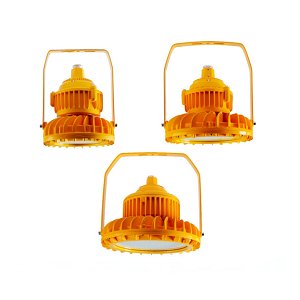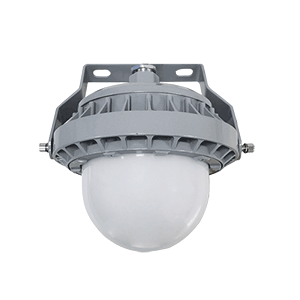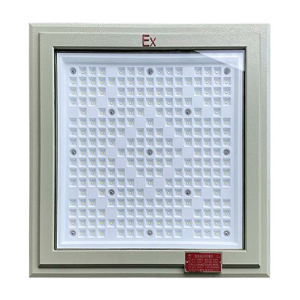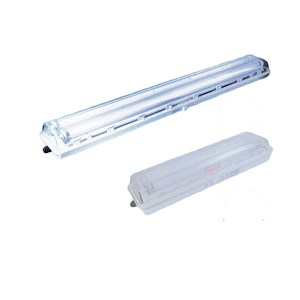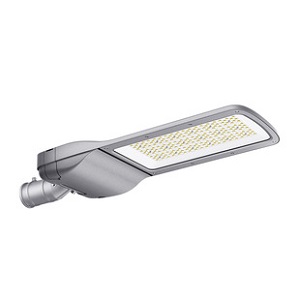How much do street lights cost? Factors affecting the price of street lights
Street lights are one of the most common lighting fixtures in our lives. Have you ever wondered how much a street light costs in electricity per month? If you are a project manager, you would definitely want to know the total cost of a street light in advance. In this article, we will clearly list the running costs and other costs of street lights. In addition, we’ll explore whether solar streetlights and smart streetlights can reduce costs.

Street Lighting Installation Costs
Street light installation involves a number of costs, such as labor, materials, equipment rental, and transportation. The length of the road, the height of the street light and other factors will determine the exact cost. Typically, the entire installation costs between $1,000 and $4,000.
Cost of materials for street lights
Street lamps are available in different pole materials and heights and can be equipped with different light sources. In order to be as energy efficient as possible, most countries now use LED street lights. The price also includes the electrical wiring that ensures that the street light is properly powered. In addition, auxiliary materials such as screws, welding rods and cables are needed to install the street light. The price of these materials varies depending on the specific requirements. The cost of the above-mentioned materials ranges between US$ 700 and US$ 2,900.
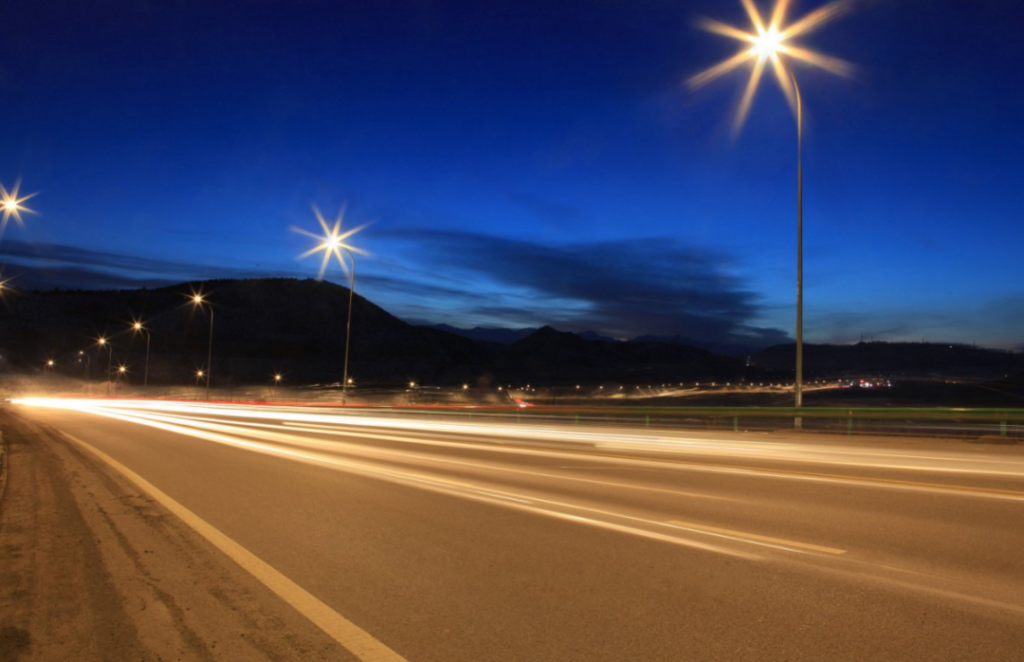
labor cost
Professionals need to be hired to install light poles, fixtures and wiring. The main steps in installing a light pole include excavation, grouting and erection. After that, workers will install electrical conduit, connect wires and secure fixtures. This cost varies between $80 and $300 depending on the complexity of the project and labor hours.
Equipment rental costs
An excavator will need to be rented for earthmoving. A crane is then used to lift the streetlight pole. Additional tools such as welders and lighting equipment are required for street light installation. The cost of equipment rental varies depending on the size of the project and how long it will be used. The overall cost ranges from $40 to $180.
Other costs
Transportation of street lighting materials and equipment from the supplier to the construction site incurs considerable transportation costs. Factors such as distance, weight of materials and equipment need to be considered when calculating transportation costs. The total cost also includes contingency funds, which are typically 5-10% of the total project cost. These costs range from $180 to $700.
Street light replacement costs
If the project is to replace the existing High Pressure Sodium (HPS) lamps with LED streetlights, the cost will vary due to the difference in price between the two light sources. Other installation costs are similar. While LED streetlights are about two to three times more expensive than HPS lights, they have lower maintenance needs and lower operating costs. We will continue to compare the various costs of LED and high pressure sodium lights below.
running cost
Generally, the municipality is responsible for paying the cost of running the streetlight. In the case of private streetlights, the property owner pays for the electricity. To calculate the operating cost of a streetlight, simply use the price per kilowatt-hour of streetlight power operating time. We can give an example to compare the running cost of LED and high pressure sodium lamps. Due to the extremely high efficiency of LED streetlights, generally speaking, a 140W LED streetlight can replace a 400W high-pressure sodium lamp. Assuming that the streetlight needs to work 10 hours a day and the average electricity price is $0.32 per kWh, then the monthly electricity costs for LED and high pressure sodium lamps are:
LED: 0.14 kW 10 hours 30 days * $0.32 = $13.44
High Pressure Sodium Lamp: 0.4 kW 10 hours 30 days * $0.32 = $38.4
As you can see, high pressure sodium lamps cost almost three times as much to run as LED streetlights. Use our calculator to work out the running costs of your street lights!
maintenance cost
Components to be maintained and inspected include distribution boxes, control systems (controllers and monitoring centers), cables, fixtures, light poles, etc.
The first thing to pay for is the cost of hiring maintenance personnel. Labor costs vary depending on factors such as location, hours of work, and complexity of the job, and range from about $50-$150 per hour. Professionals performing maintenance may also need to rent equipment such as lifts, which can cost about $250-$700 per hour.
If there is a problem with the streetlight, the parts can be repaired and the cost of the repair needs to be specifically calculated. If replacement is required, the cost includes the price of the parts and the cost of installation, similar to the situation mentioned above.
LED street lights have lower maintenance costs than high pressure sodium (HPS) lights because they are more stable.LED street lights do not require high voltage to start working and generate less heat. All these features make them more durable and do not need to be replaced as often as HPS lamps.
How much do the different types of light poles cost?

Common street light pole materials include iron, fiberglass, stainless steel, and aluminum. Iron is the most commonly used material for light poles because of its performance and affordability, which is about $500 – $1,500 per pole. Fiberglass light poles are highly resistant to corrosion, but not strong enough to be used often. It is priced at $1000 – $2500 per pole. Stainless steel is very corrosion resistant and strong, with a service life of more than ten years. Therefore, it costs more, $2000 – $4000 per pole. Aluminum poles are more attractive, lightweight and suitable for decorative street lighting. Its price is about $1500 – $3000 per pole.
How can I reduce the cost of street lighting?
solar street light
Solar streetlights usually require a larger initial investment as they involve various components such as solar panels, batteries, LED lighting, controllers and poles. They can be 1.5 – 2 times more expensive than traditional street lights. However, overall, they have a lower total cost in the long run.
First of all, when it comes to installation, solar street lights do not need to lay cables and install equipment such as distribution boxes like traditional street lights. Simply set them up and the solar street light will start working. Therefore, you may only need to pay for the cost of hiring a professional.

Secondly, solar street lights do not incur any electricity costs at all when they are in operation. The extra money spent on purchasing the solar street light will be offset after the solar street light has been in use for a few years.
Intelligent Street Light
By installing a smart street light control system, the brightness of the light can be automatically controlled. When there is no need for lighting, the smart street lights will automatically turn off. Some smart systems also have fault alarm functions that allow maintenance personnel to resolve faults in a timely manner. These features can be realized by adding light sensors, pre-programming the system, and applying other new technologies.
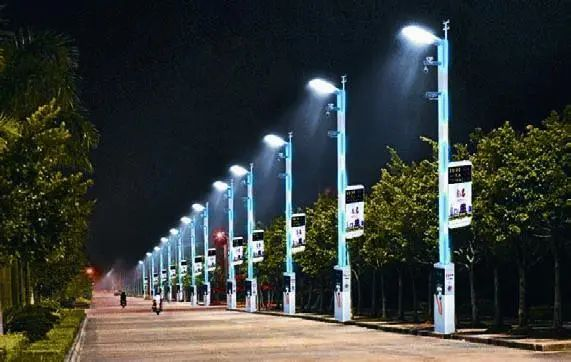
The cost of street lighting consists of three main components: installation, operation, and maintenance. Project costs may vary due to the many factors that affect them. However, you can find out which processes are likely to incur costs and then estimate them based on the specifics of your area and project.
